Supriya Ann Joseph
Florida, August 12: NASA’s Parker Solar Probe, a historic mission that will revolutionize our understanding of the Sun launched on Sunday, August 12. The launch was originally scheduled to launch on Saturday but was scrubbed due to a violation of a launch limit, resulting in a hold.
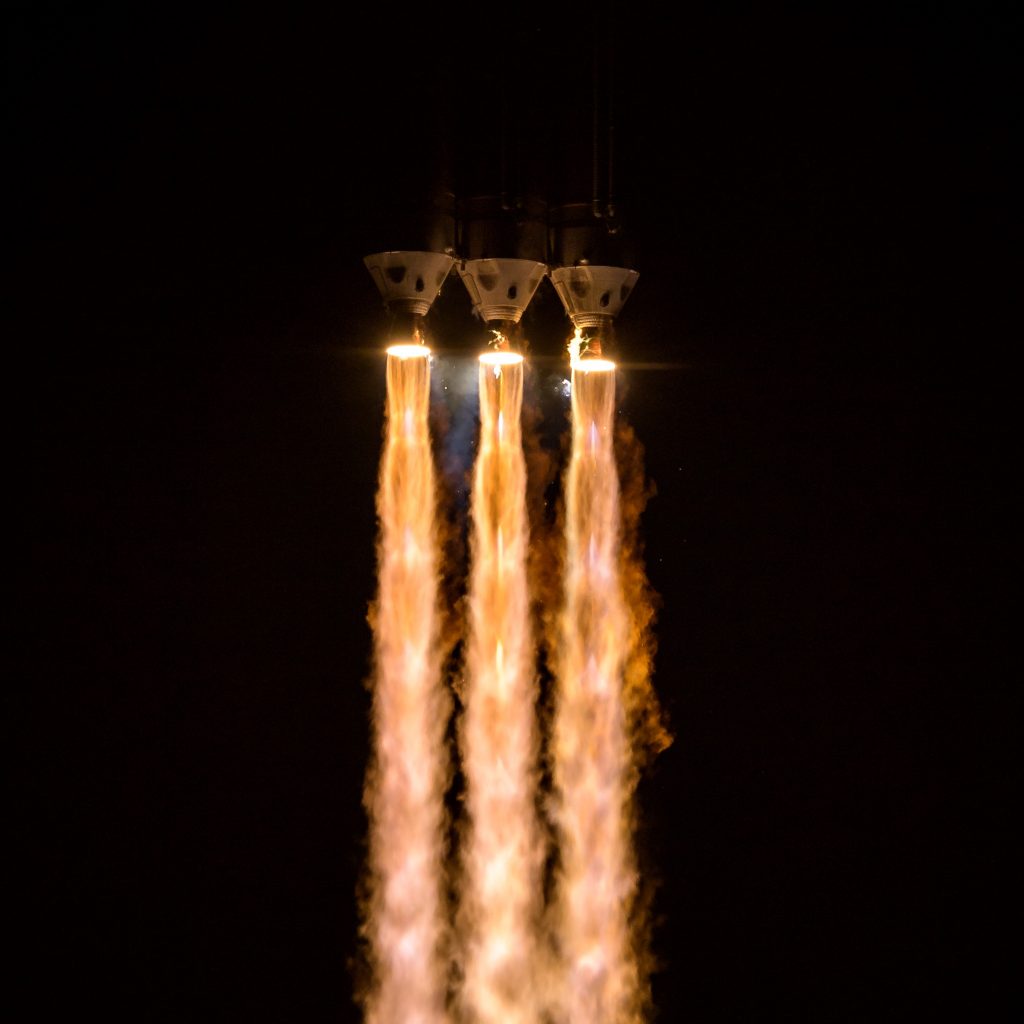
The spacecraft was launched aboard a Delta IV-Heavy rocket from Cape Canaveral Air Force Station in Florida. The spacecraft, about the size of a small car, will travel directly into the Sun’s atmosphere about 4 million miles from our star’s surface, facing heat and radiation like no spacecraft before it.
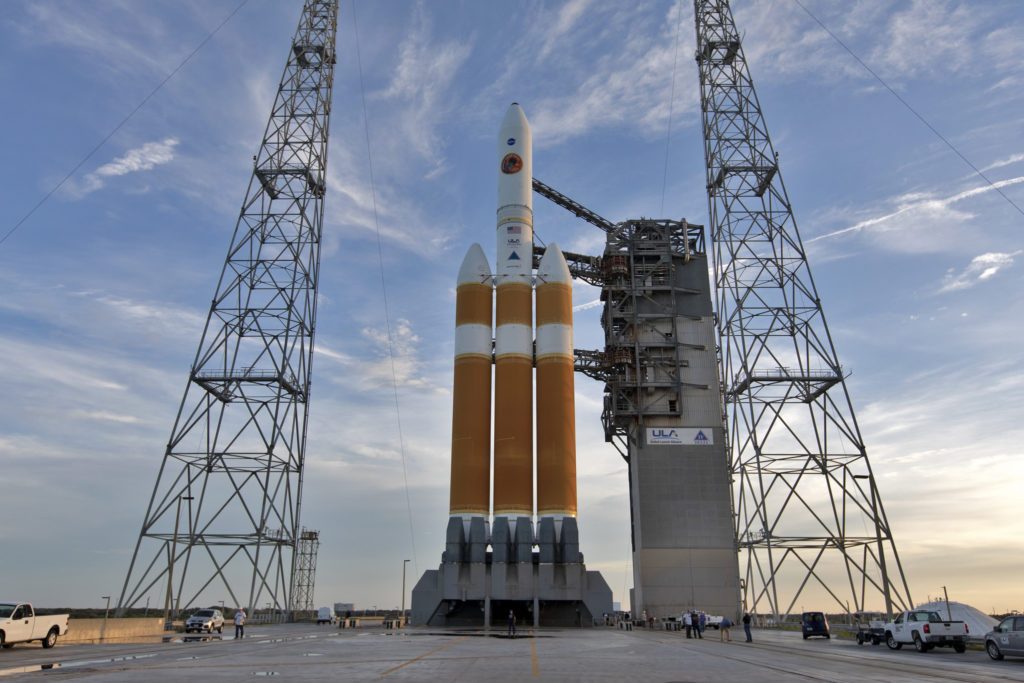
This is the first-ever mission to a star, specifically, the Sun. The spacecraft is named in honor of astrophysicist Eugene Parker, who first theorized that the sun constantly sends out a flow of particles and energy called the solar wind. Parker Solar Probe is the first spacecraft to be named after a living individual.
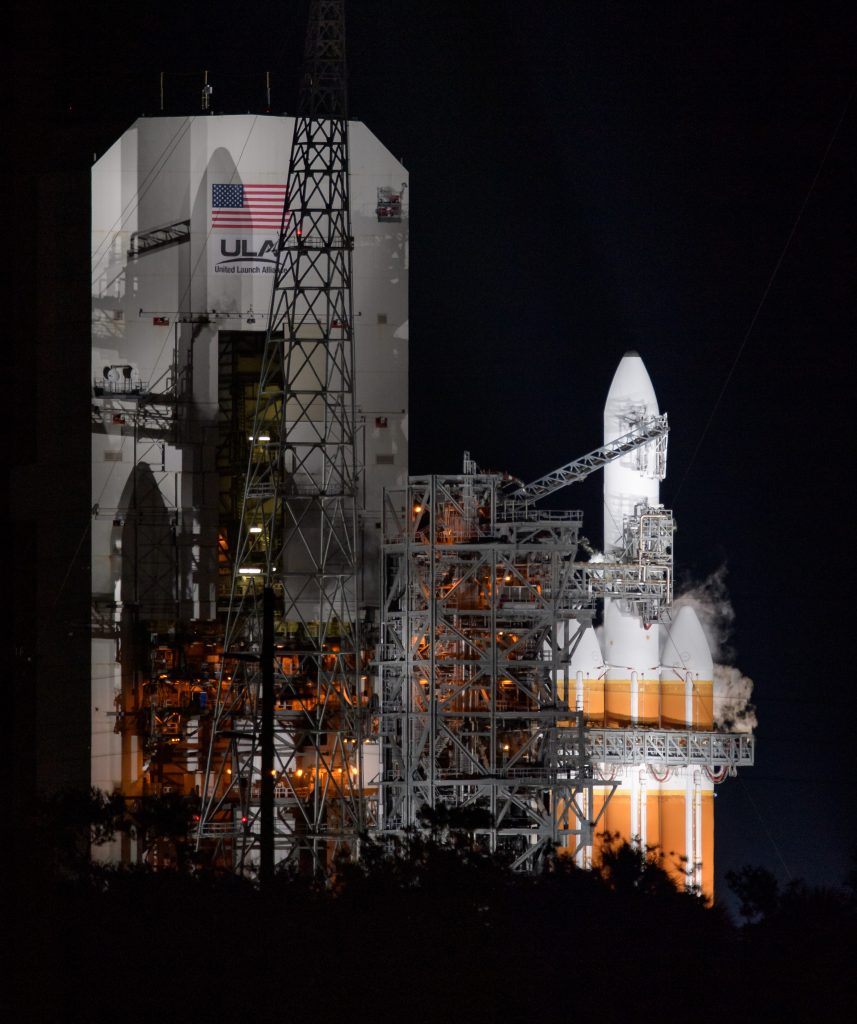
In order to unlock the mysteries of the Sun’s atmosphere, Parker Solar Probe will use Venus’ gravity during seven flybys over nearly seven years to gradually bring its orbit closer to the Sun. The spacecraft will fly through the Sun’s atmosphere as close as 3.8 million miles to our star’s surface, well within the orbit of Mercury and more than seven times closer than any spacecraft has come before.
The spacecraft is also carrying over 1.1 million names. Back in March 2018, the public were invited to send their names to the Sun aboard humanity’s first mission to “touch” a star.
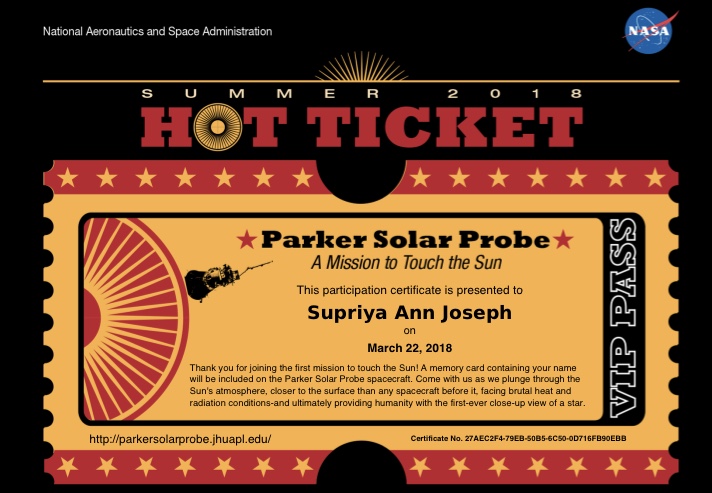
A total of 1,137,202 names were submitted and confirmed over the seven-and-a-half-week period, and a memory card containing the names was installed on the spacecraft on May 18, 2018.
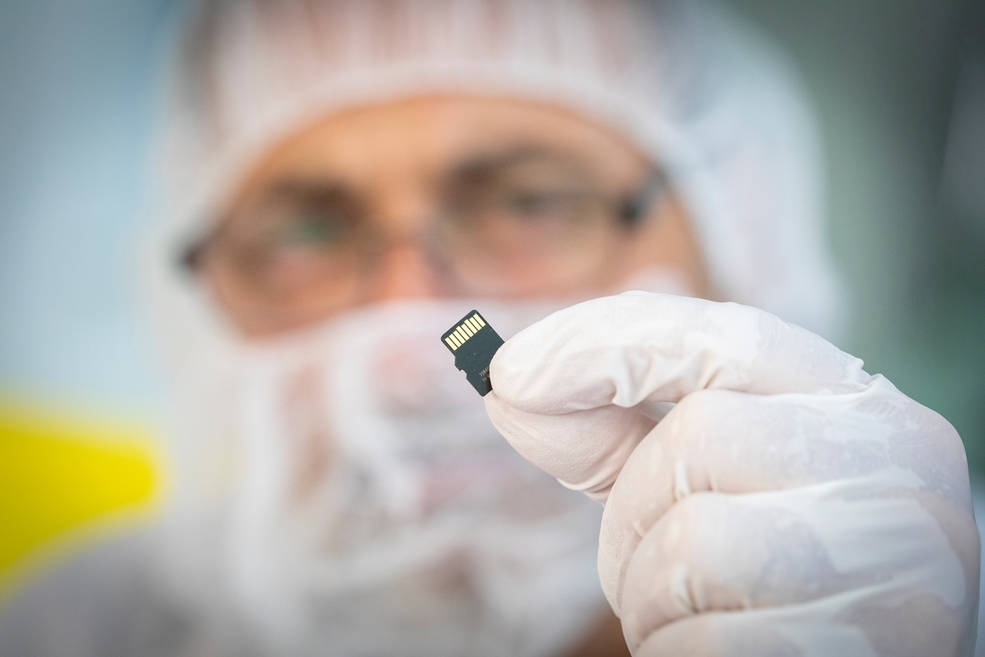
The card was mounted on a plaque bearing a dedication to and a quote from the mission’s namesake, heliophysicist Eugene Parker.
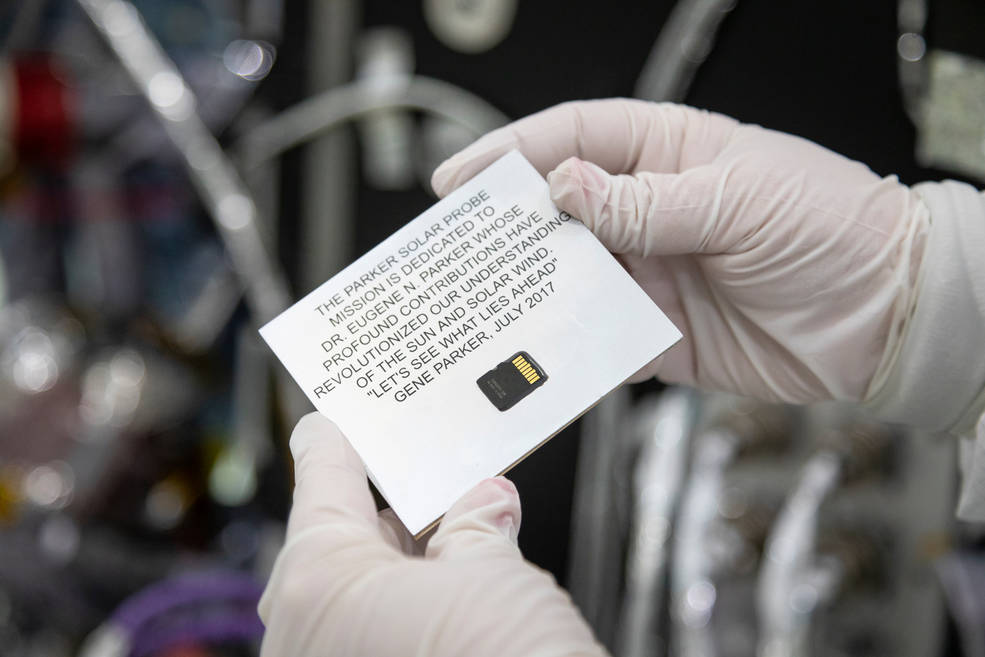
Credits: NASA/Johns Hopkins APL/Ed Whitman
This memory card also carries photos of Parker, professor emeritus at the University of Chicago, and a copy of his groundbreaking 1958 scientific paper. Parker proposed a number of concepts about how stars — including our Sun — give off material. He called this cascade of energy and particles the solar wind, a constant outflow of material from the Sun that we now know shapes everything from the habitability of worlds to our solar system’s interaction with the rest of the galaxy.
The primary science goals for the mission are to trace how energy and heat move through the solar corona and to explore what accelerates the solar wind as well as solar energetic particles
The spacecraft will reach the Sun in 2024.
(Images and information courtesy: NASA)

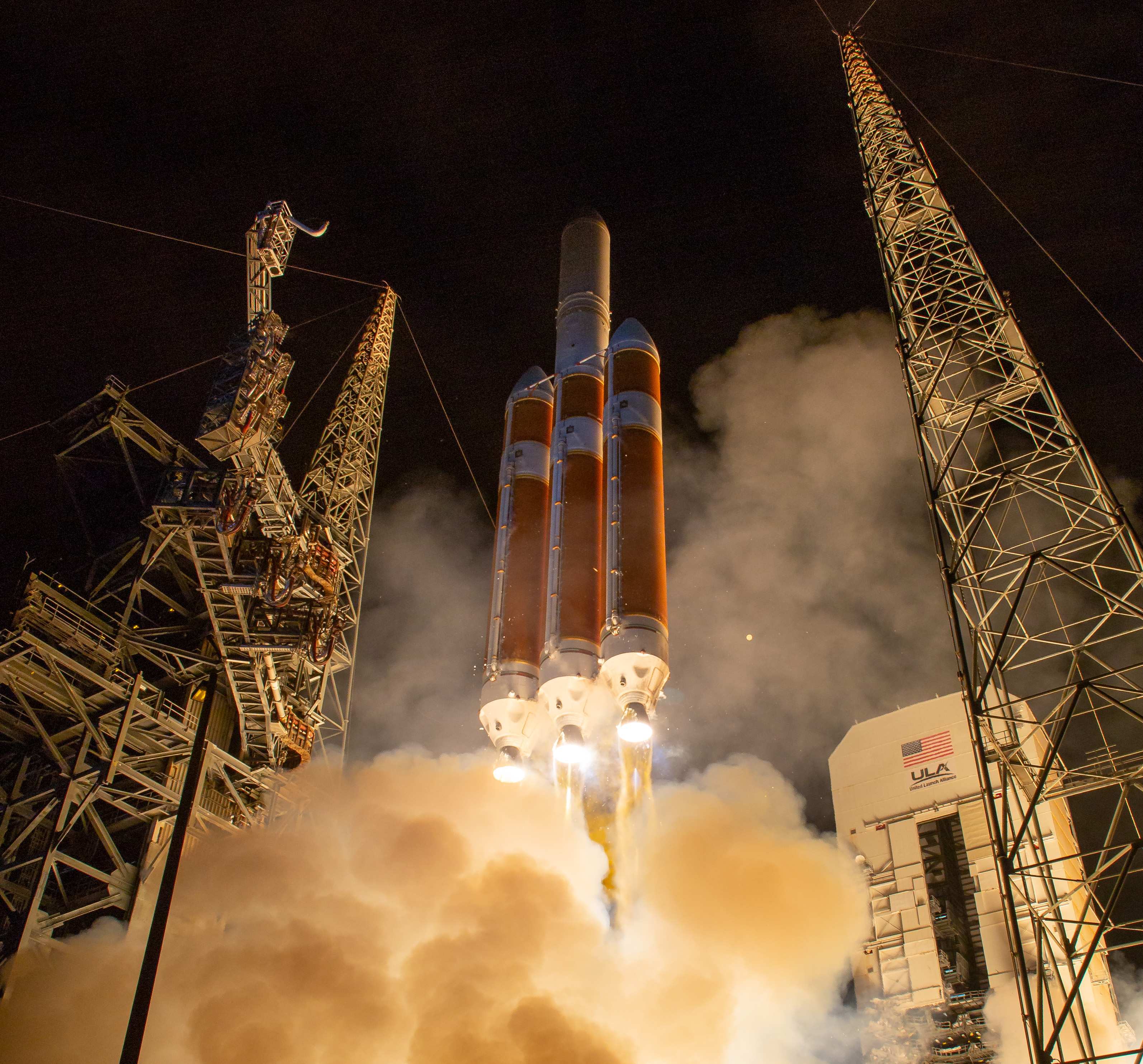



Be First to Comment